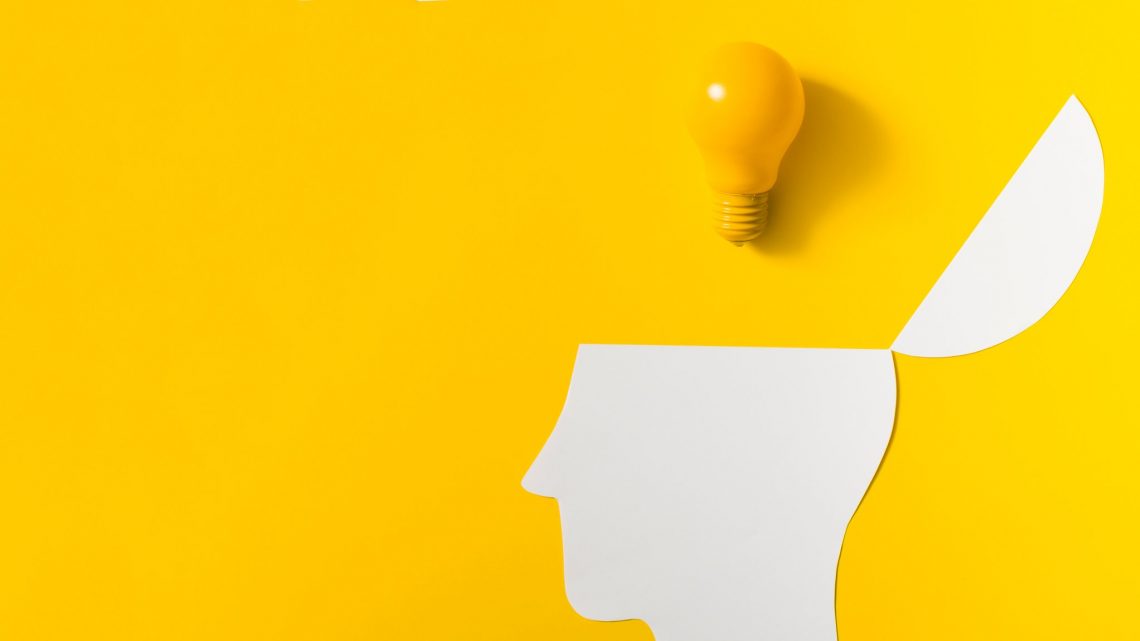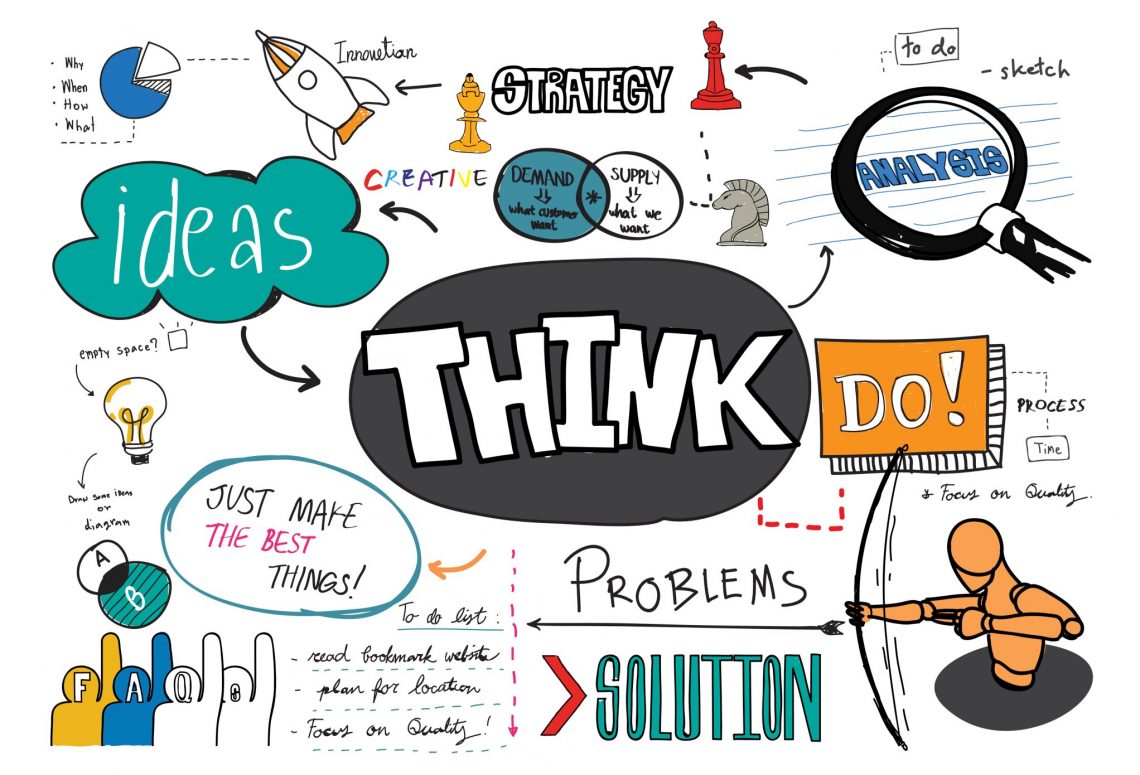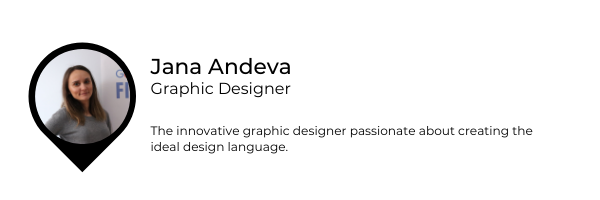Contents
Creativity is defined as the act of turning new and imaginative ideas into reality. It is often characterized by the ability to perceive the world in new ways, to find hidden patterns, to make connections and to generate solutions.
For almost the entire duration of human life on earth, the popular conception of creative people was that they were born that way, but research shows that all people are creative. In fact, creativity is one of the most important characteristics of being human. It is one of the main traits that make us successful as individuals and as species.

Why being creative is so important?
Creativity can be as important to your professional, as well as your private life. Being creative helps you become a better problem solver. Instead of coming from a linear, logical approach, your creative side can approach a situation from all angles. Creativity helps you see things differently and better deal with uncertainty.
Creativity also helps develop confidence. Engaging in the creative process is a great confidence builder, because you discover that failure is part of the process. Once we see failure as something that is survivable and something that helps us grow, we can release the fear and try new things. That helps to come up with new innovative ideas without asking ourselves if that idea is too weird or what will others think.
Is there a best way to be creative?
Creativity is like a muscle. It must be stretched, challenged, and occasionally pushed past its comfort zone. You can look outside the box one’s peacefulness and proper motivation are present.
Ronald A.Alexander, an American psychotherapist, author of the book Wise Mind, Open Mind states different ways you can stimulate and tone your creativity. Here are some of them:
Mindfulness meditation practice.
Mindfulness allows us to listen and pay attention to what we might otherwise overlook. According to A.Alexander, 5 to 20 minutes of meditation a day is the best way of enhancing our creativity and letting go of our obstacles to innovation.
Dabbling in the Arts.
Simply dabbling in the fine arts, with no specific goals or intentions, awakens our ability to approach life with greater openness and curiosity. Immersing yourself in any artistic exploration or enjoyment jog your creativity as well as the areas of the brain associated with well-being and optimism.
Immersing yourself in Nature.
Experiencing nature can awaken you in a sense of vitality and infinity, which becomes a path to your core creativity. According to the author, nature makes you being a part of something larger than yourself. That feels as if it has always existed and always will.

Creativity is no longer just seen as what artists and musicians process. It’s a crucial skill for professionals in all fields. Companies need motivated and open-minded employees to innovate and come up with creative ideas.
While the “20% rule” is practised by one of the biggest and most successful businesses in the world. Lead by the example of Google, who first encouraged their employees to set aside 20% of their work time to explore new ideas and think creatively.
Other companies reach creativity through design thinking. Design thinking as a method that solves complex problems and boosts innovation within the company. This method helps companies learn the needs of their customers and create value from these insights. However, the real challenge here is putting people in a creative setting and initiating their collaboration. You can do it through the process of empathy, define, create, prototype and test. The elements of design thinking combine to form an iterative approach—one you can try out and adapt to suit your needs.

For organizations around the world, the top priorities are creativity and innovation, that go hand in hand
In conclusion, creativity is an ability that we all have. And we need it for our personal, as well as our professional development. Through meditation, experimentation and pushing our brain to think outside the box we can facilitate creativity and boost our confidence. We all can do it and it is only the proper motivation and mindset that can help us get there.

